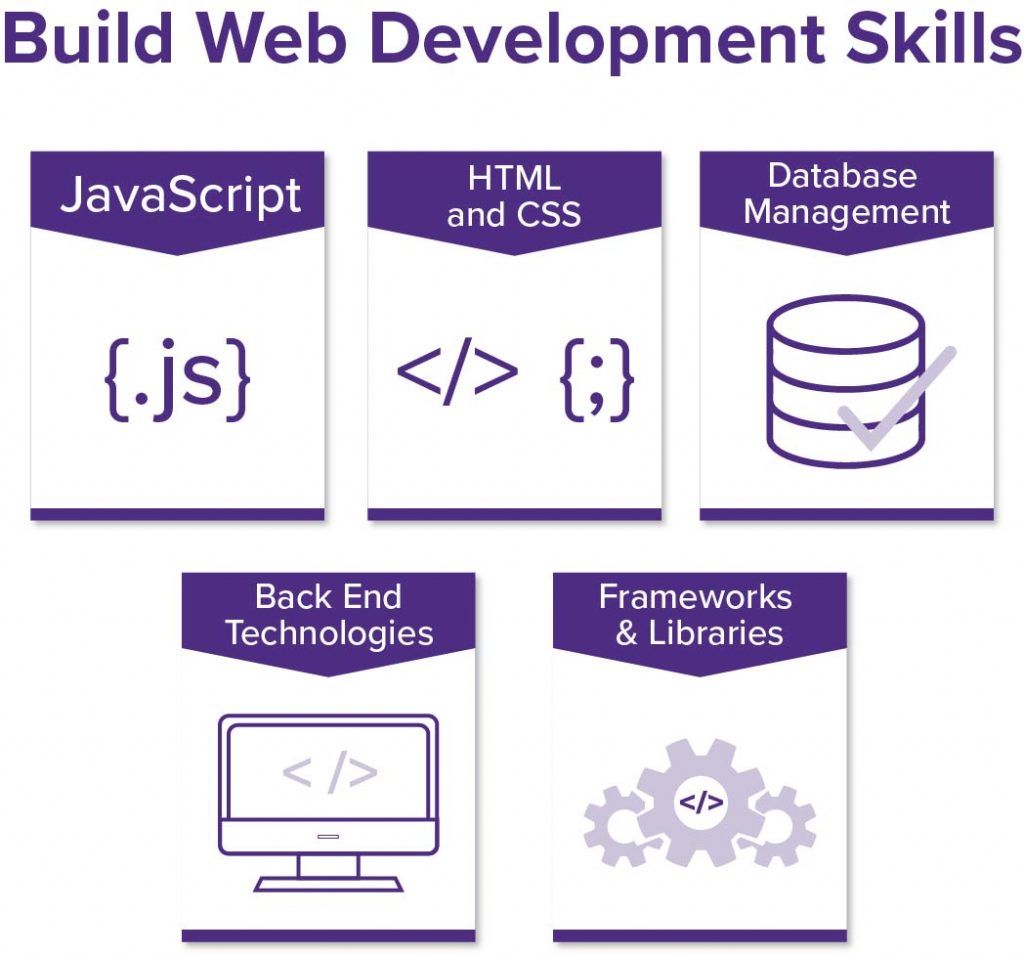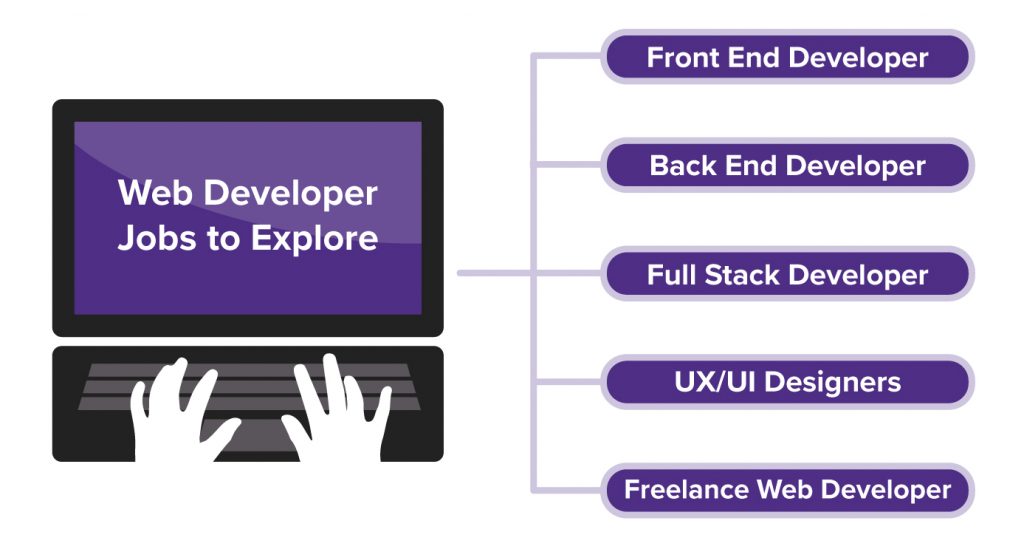Far from static, the internet is an evolving, changing technology that is constantly being redesigned to meet our needs. Mobile technologies, e-commerce, and artificial intelligence reshape the ways we develop and interact with the digital world. Web developers work on the leading edge of this evolution.
Web developers challenge themselves daily to create and iterate the next generation of websites and applications. They use new technologies to build faster platforms that are more visually appealing and secure; drive our expanding digital economies through online banking, investment, and e-commerce transactions; and help build new virtual worlds (e.g.,the Metaverse) which will require a reimagining of the internet once again.
Sounds fascinating, right? A career in web development will take you places, personally and professionally, but it may be difficult to get started. This guide can help you take that first step.
This article will address some of the common questions regarding web development:
 Live Chat
Live Chat


